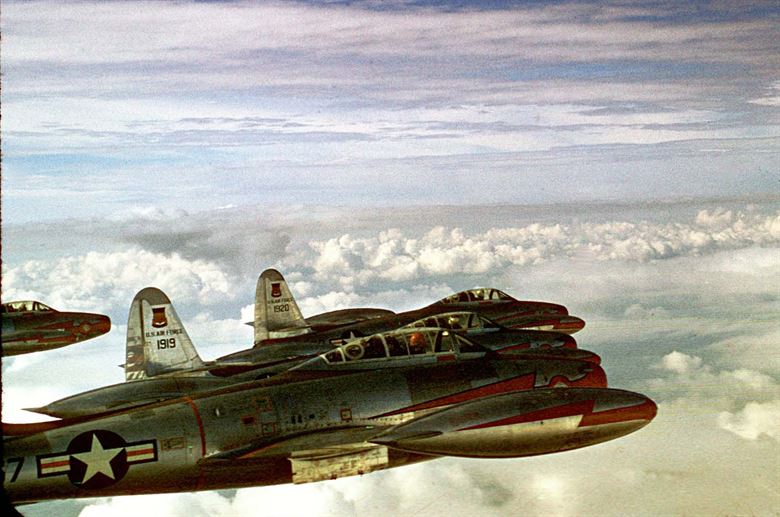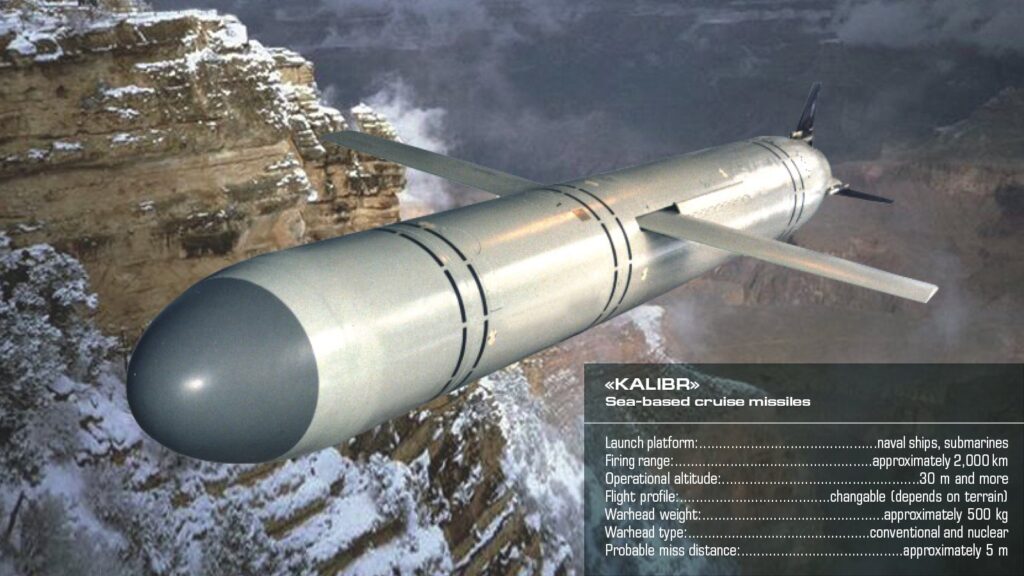By MATTHEW COSTLOW
 “Insane.” “Deeply dangerous.” Raises the risk of “nuclear exchange” and a “new arms race.” These are some of the serious accusations leveled against the recently leaked Nuclear Posture Review. Each presidential administration since Clinton has written an NPR, primarily to guide U.S. nuclear policy and priorities, but the 2018 NPR is shaping up to be one of the most contentious and important. Bipartisan consensus, though increasingly rare in other policy areas, has generally been the norm on nuclear policy as the degree of continuity between policies in previous NPRs demonstrates. The Trump NPR, when it is released, will likely be more of the same with a few tweaks to U.S. capabilities in response to the worsening international threat environment.
“Insane.” “Deeply dangerous.” Raises the risk of “nuclear exchange” and a “new arms race.” These are some of the serious accusations leveled against the recently leaked Nuclear Posture Review. Each presidential administration since Clinton has written an NPR, primarily to guide U.S. nuclear policy and priorities, but the 2018 NPR is shaping up to be one of the most contentious and important. Bipartisan consensus, though increasingly rare in other policy areas, has generally been the norm on nuclear policy as the degree of continuity between policies in previous NPRs demonstrates. The Trump NPR, when it is released, will likely be more of the same with a few tweaks to U.S. capabilities in response to the worsening international threat environment.
One of the proposed changes, previously reported to have been under consideration by the Trump administration, is modifying a small number of U.S. submarine-launched ballistic missile warheads to lower their yield (the energy released in the detonation of a nuclear weapon). Proponents believe this would be a relatively minor change in U.S. nuclear capabilities that still would send an important deterrent signal to adversaries that they cannot expect to escalate their way out of a failed conventional conflict using limited strikes of their own low-yield nuclear weapons.
Critics of the proposal, however, argue that the lower a nuclear weapon’s yield is, the less destructive it is, therefore making it “more usable” and general nuclear war more likely. This is a grave accusation that requires a factual rebuttal.
If low-yield nuclear weapons are more “more usable,” we would expect to see a rash of international nuclear crises during the 1970s when the U.S. low-yield tactical nuclear weapon stockpile was at its height. But there was only one such crisis then, the Arab-Israeli War, which was certainly not caused by low-yield nuclear weapons. Despite having reportedly nearly 7,000 low-yield nuclear weapons at their disposal, U.S. Presidents did not seem very tempted to use them.
In fact, the United States eliminated over 90% of its tactical nuclear weapons post-Cold War, so pro-disarmament theory holds that the likelihood of nuclear war should have also receded to a matching degree. Yet the same individuals now say we are closer to war despite these reductions. Critics cannot have it both ways, either the reductions of tactical nuclear weapons have decreased the chances of war or political factors outside the weapons themselves in isolation determine the likelihood of war. Clearly the evidence favors the latter.
In reality, the United States has reportedly retained low-yield nuclear weapons in its stockpile for over five decades. Republican and Democratic presidents have historically sought less-destructive nuclear options to make nuclear use less likely by better deterring nuclear aggression.
It’s clear the nuclear order is not so fragile as to be shaken by the modification of a few warheads by a responsible nuclear power such as the United States. In fact, there is evidence it could reduce the chances of nuclear war by making aggressive nuclear states like Russia and North Korea think more than twice about escalating a failing conflict.

Russian Kalibr cruise missile
As STRATCOM Commander Gen. John Hyten has testified, Russia has a “broader range of nuclear employment scenarios” than the United States, based in part on their flawed belief that deliberate nuclear escalation, possibly with a limited number of low-yield nuclear weapons, would weaken or destroy U.S. and NATO resolve in a war.
In order to dissuade such Russian attitudes, the United States should send an unambiguous message, part of which may be lower-yield nuclear warheads. The chairman of NATO’s Military Committee, Gen. Petr Pavel, offered useful insight into the Russian mind when he stated that: “Russia respects power… as Russia keeps this attitude we have to show our determination. We have to show strength. We have to show our resolve to act whenever necessary.”
President Reagan said “nuclear war cannot be won and must never be fought,” but that prudent message appears to have been lost on President Putin. Moscow has long been concerned about the balance of forces between itself and the United States. The apparent proposed changes to the U.S. nuclear force structure will send a clear signal of resolve which adversaries can ignore at their own peril.
When the NPR is officially rolled out in coming weeks, the audience will not be just policy wonks inside the Beltway, but determined adversaries hoping to find weakness in U.S. capabilities and resolve. The NPR and the force structure it promotes will go a long way in assuring adversaries and allies alike that America’s resolve is unshakeable in the face of growing nuclear threats.
Matthew Costlow is a defense analyst at the National Institute for Public Policy and a PhD student at George Mason University.
No comments:
Post a Comment